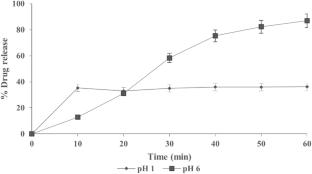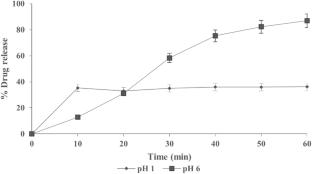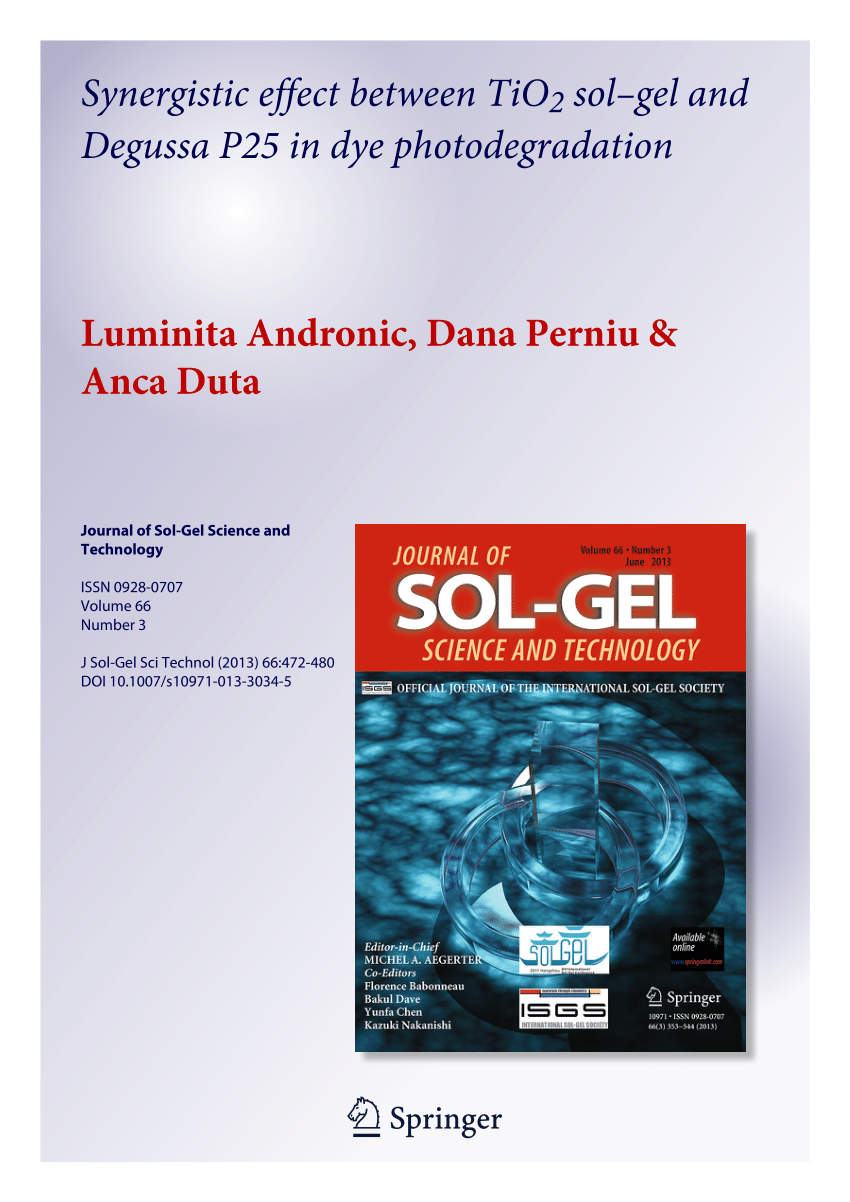Facile synthesis, characterization, and bioavailability improvement of Losartan Potassium using 3-aminopropyl functionalized magnesium phyllosilicate organoclay
Abstract
Hypertension is characterized by elevated blood pressure and tends to be a leading risk factor in cardiovascular conditions and renal dysfunction in India. 3-aminopropyl functionalized magnesium phyllosilicate (AMP) clay containing Losartan potassium (LP) was synthesized using the one-pot sol-gel method for sustained antihypertensive effect. AMP clays containing LP in different drug-to-clay ratios (Losartan Potassium Clay; LPC-1, LPC-2 and LPC-3) resulted in porous organic hybrids for improvement in the bioavailability of LP. Organic clays and LPC-3 were structurally characterized by X-ray diffraction, Fourier transform infrared spectroscopy and scanning electron microscopy. In-vitro dissolution studies resulted in rapid release of LP from LPC-3 in 2 h compared to other compositions. More than 80% LP was released from LPC-3 after 45 min, and complete release at the end of 3 h. LPC-3 showed a 1.5-fold increase in solubility at pH 1.0 compared to the LP alone. AMP clays drew a change in the pH of an aqueous solution to 6.0, resulting in the dissolution of LP. The cellular uptake showed 74% permeation of LP from LPC-3 across Caco-2 cells. Moreover, in-vivo studies revealed an increase in the peak plasma concentration (Cmax), area under the plasma concentration-time curve (AUC0-24h) and reduction in time to reach the peak plasma concentration (Tmax) after an oral administration of LPC-3. Thus, the relative bioavailability of LPC-3 was found to be 1.52-fold increase than LP solution. The studies found enhancement in the bioavailability of LP from clay-based organic hybrid after oral administration.



 求助内容:
求助内容: 应助结果提醒方式:
应助结果提醒方式:


